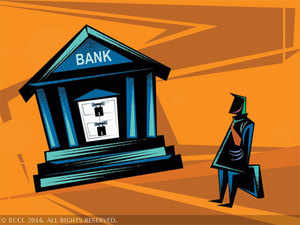
The National Company Law Tribunal’s (NCLT) Allahabad bench said that district authorities can’t prevent the sale of land of bankrupt borrower Raman Ispat for its failure to pay outstanding power bills. The local authorities had attached the company’s land parcel in lieu of outstanding utility-usage dues.
“This is a landmark judgement removing a key hurdle in liquidation processes,” said Anil Goel, founder AAA Insolvency Professionals. “The order will now be cited in other liquidation cases, which are stuck in bitter litigations with many such government bodies attaching corporate debtor’s assets.”
NCLT has ordered the district magistrate’s office to immediately release properties that have been attached for not paying power bills. The order will help speed up the liquidation of Raman Ispat.
In January, the dedicated bankruptcy court had ordered liquidation of the Muzaffarnagar-based company, with Praveen Bansal being appointed as the liquidator. Bansal is a partner of AAA Insolvency professionals, a New Delhi-based firm.
The liquidation process hit a roadblock as the Paschimanchal Vidyut Vitran Nigam (PVVNL) claimed a charge over the company’s property located at Muzaffanagar in Uttar Pradesh, citing the failure to pay outstanding power bills of Rs 4.32 crore.
The district collector and Tehsildar, Muzaffarnagar, attached the properties and prohibited the transfer of property by sale, donation and any mode and created a charge due to outstanding dues for supply of electrical energy by PVVNL.
Raman Ispat filed a case through its liquidator against the PVVNL and the local body officials.
“We allow this company application and pass an order to the District Magistrate and Tehsildar Muzaffarnagar for immediate release of the attached property in favour of liquidator,” V P Singh, Saroj Rajware, member judges said in the order.
“…so that he (liquidator) may sell the property, and after realisation of the value of the property it may be distributed in accordance with the relevant provisions…”
The court has termed PVVNL as the secured operational creditor citing a past agreement between the power generation company and the corporate debtor that could not repay bank loans. The NCLT pointed toward inconsistencies in the two Acts, the Insolvency and Bankruptcy Code and UP electricity supply Code, 2016.
With this order, the court has also helped establish an operational creditor’s share during liquidation. A secured operational creditor is treated on a par with a secured financial creditor - Union Bank of India in this case.
Download The Economic Times News App to get Daily Market Updates & Live Business News.
Read More News on
Download The Economic Times News App to get Daily Market Updates & Live Business News.









 Get Unlimited Access to The Economic Times
Get Unlimited Access to The Economic Times
